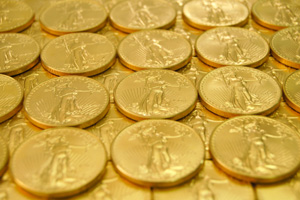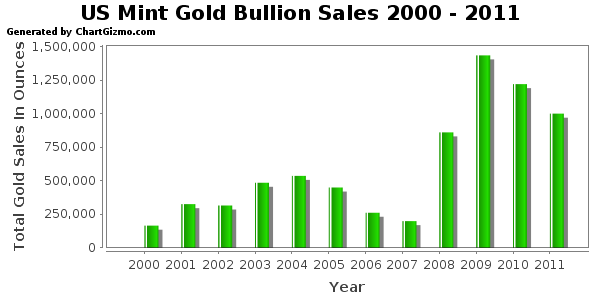 News that Canada will stop production of the penny has fueled speculation that the United States will also eliminate production or change the composition of both the penny and the nickel. According to Bloomberg, Canada will withdraw the penny from circulation this year due to high production and transaction costs. The Canadian penny currently costs 1.6 cents to produce.
News that Canada will stop production of the penny has fueled speculation that the United States will also eliminate production or change the composition of both the penny and the nickel. According to Bloomberg, Canada will withdraw the penny from circulation this year due to high production and transaction costs. The Canadian penny currently costs 1.6 cents to produce.
The Royal Canadian Mint, which has produced 35 billion pennies since it began production in 1908, will cease distribution this fall due to the coin’s low purchasing power. Production and handling cost for the one-cent coin are a C$150- million drag on the economy, according to a 2006 study by Desjardins, a Levis, Quebec-based financial institution.
“Pennies take up too much space on our dressers at home,” Finance MinisterJim Flaherty said in the text of his budget speech in Ottawa. “They take up far too much time for small businesses trying to grow and create jobs.”
A story in the Wall Street Journal (Treasury to Cut Cost By Remaking Coins) seemed to suggest that a change in the composition of both the penny and the nickel were imminent.
Treasury Secretary Tim Geithner outlined how his department will find savings, including $286 million in the next fiscal year, by changing the materials that go into coins, replacing paper with electronic communications and consolidating internal agencies.
“Currently, the costs of making the penny and the nickel are more than twice the face value of each of those coins,” Geithner said in his remarks.
Treasury Secretary Geithner, in testimony to Congress this week, further pressed the argument that the penny and nickel should be made with cheaper materials.
The Budget also proposes legislation to provide Treasury with the ability to change the composition of coins to utilize more cost-effective materials. Currently, the costs of making the penny and the nickel are more than twice the face value of each of those coins. In addition to this proposal, Treasury is implementing measures to improve the efficiency of coin and currency production, including improved manufacturing practices and administrative cost reductions, which will save more than $75 million in FY 2013.
Is the long and rich history of the penny and nickel about to disappear from the American landscape? It may not happen as soon as some seem to think. Obama’s 2013 budget proposal was resoundingly rejected by Congress along with the request to transfer authority over coinage composition from Congress to the Treasury. According to Coin Update,
President Obama’s recently submitted 2013 Budget includes a proposal to provide the United States Mint with greater flexibility in the material composition of circulating coins. Specifically, the Budget seeks to enable the Treasury Department to explore, analyze, and approve new, less expensive metals for all circulating coins.
Currently, the authority to establish the composition of coins rests with Congress. In December 2010, the Coin Modernization, Oversight, and Continuity Act of 2010 was signed into law, which provided the Secretary of the Treasury with the authority conduct research and development activities for alternative metallic coinage materials. Within a required report due to Congress by December 2012, the Secretary may make recommendations for changes to the composition for circulating coins, however any changes would still need to be accomplished through an act of Congress. By contrast, the proposal included in the 2013 Budget would bypass Congress and provide the Secretary with direct authority to alter coin compositions.
The Budget provides justification for the change based on “volatile metal prices” which have contributed to negative margins on both the penny and nickel. During the 2011 fiscal year, the United States Mint’s unit cost to produce and distribute the cent was 2.41 cents and the unit cost for the nickel was 11.18 cents.
Since 2006, it has cost the US Mint more than the respective face value to produce the cent and the nickel. In the latest fiscal year, the losses generated from producing cents and nickels was $116.70 million. Since 2006, total losses from producing the two denominations has reached $359.80 million.
As a monetary unit, the penny and nickel are relics of the past, costly to produce and almost irrelevant as a unit of value. Nonetheless, the penny and the nickel represent the only remaining general circulation U.S. “money” that still has an intrinsic value based on the metal content. If Congress decides to retain their control over the composition of U.S. coins, Mr. Geithner may never get his chance to debase the penny and nickel.



 Rep. Ron Paul, during a Subcommittee hearing on problems at the US Mint, linked the shortage of gold and silver coins to the “huge debasement” of the United States currency.
Rep. Ron Paul, during a Subcommittee hearing on problems at the US Mint, linked the shortage of gold and silver coins to the “huge debasement” of the United States currency.